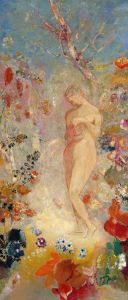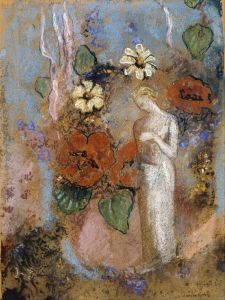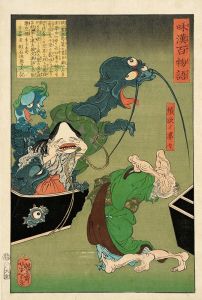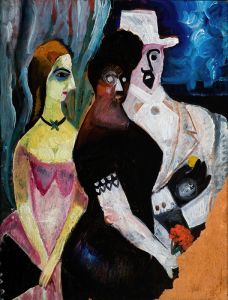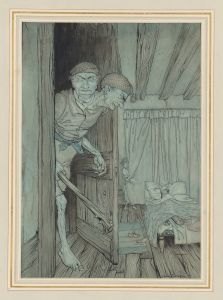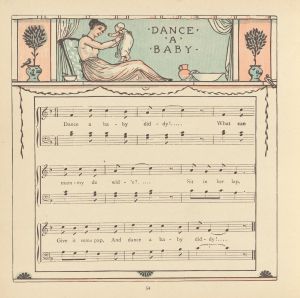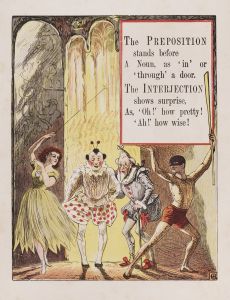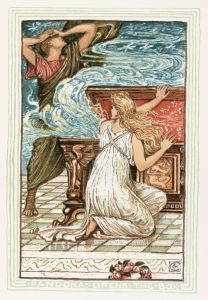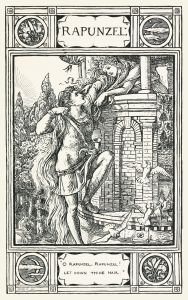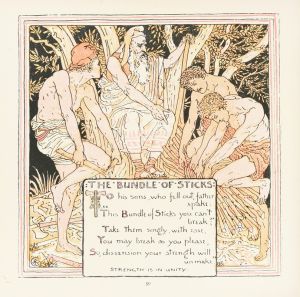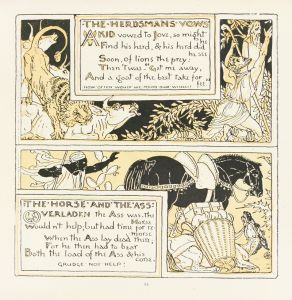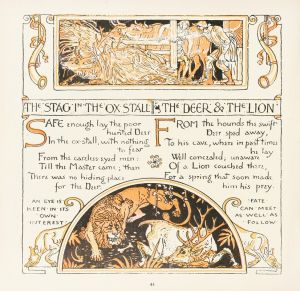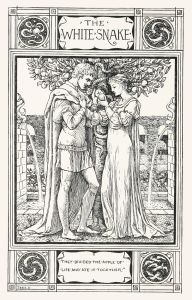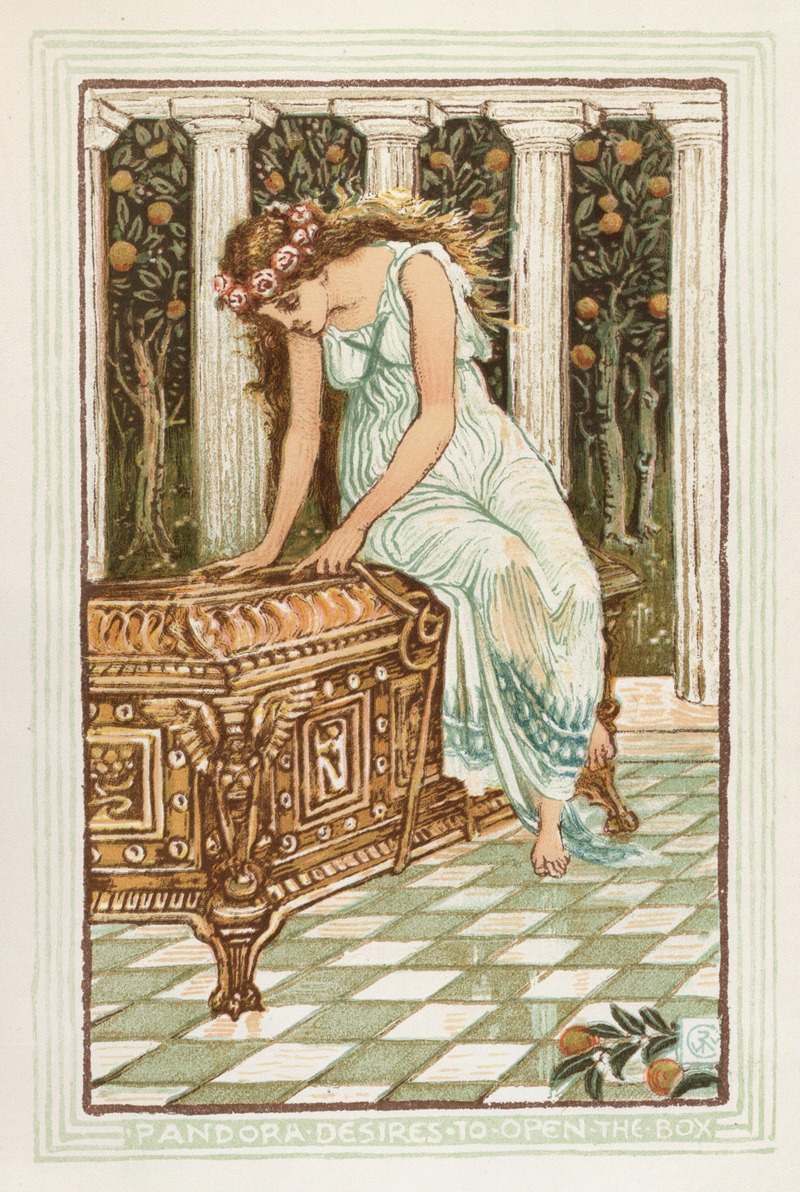
Pandora desires to open the box
A hand-painted replica of Walter Crane’s masterpiece Pandora desires to open the box, meticulously crafted by professional artists to capture the true essence of the original. Each piece is created with museum-quality canvas and rare mineral pigments, carefully painted by experienced artists with delicate brushstrokes and rich, layered colors to perfectly recreate the texture of the original artwork. Unlike machine-printed reproductions, this hand-painted version brings the painting to life, infused with the artist’s emotions and skill in every stroke. Whether for personal collection or home decoration, it instantly elevates the artistic atmosphere of any space.
Walter Crane (1845–1915) was a prominent English artist and illustrator, known for his contributions to the Arts and Crafts Movement and his work in children's book illustrations. One of his notable works is the painting "Pandora desires to open the box," which depicts the mythological story of Pandora from Greek mythology.
The painting illustrates the moment when Pandora, the first woman on Earth according to Greek mythology, is about to open a box (or jar) that she has been forbidden to open. This myth is a well-known tale that explains the origin of human woes. According to the myth, Pandora was created by the gods and given a box that she was instructed not to open. Driven by curiosity, she eventually opened it, releasing all the evils of the world, leaving only hope inside once she managed to close it again.
Walter Crane's interpretation of this myth is characteristic of his style, which often included elements of fantasy and a strong narrative quality. His work is known for its decorative and detailed approach, often incorporating elements of the Pre-Raphaelite style, which was influential during his time. Crane's use of color, line, and composition in "Pandora desires to open the box" reflects his background in illustration and his interest in classical themes.
Crane was deeply involved in the Arts and Crafts Movement, which sought to promote traditional craftsmanship and resist the industrialization of art. His works often emphasized beauty, nature, and mythology, aligning with the movement's ideals. "Pandora desires to open the box" can be seen as an embodiment of these principles, with its focus on a classical subject and its intricate, decorative style.
In addition to his paintings, Crane was a prolific book illustrator, and his work in this field significantly influenced the development of children's book illustrations. His illustrations often featured elaborate borders and detailed imagery, which can also be seen in his painting style. Crane's ability to convey narrative through visual art made him a key figure in both the fine arts and the world of illustration.
Crane's work, including "Pandora desires to open the box," remains significant in the study of 19th-century art, particularly in the context of the Arts and Crafts Movement. His paintings and illustrations continue to be appreciated for their beauty, craftsmanship, and storytelling ability. While specific details about the painting's creation and current location may not be widely documented, its thematic and stylistic elements are consistent with Crane's broader body of work.
Overall, Walter Crane's "Pandora desires to open the box" is a testament to his skill as an artist and his ability to bring mythological stories to life through his art. His work continues to be celebrated for its contribution to the visual arts and its enduring appeal.





